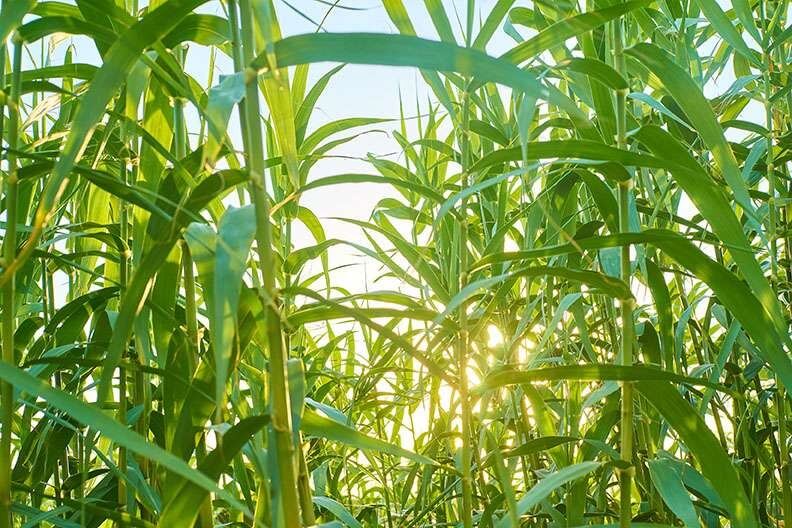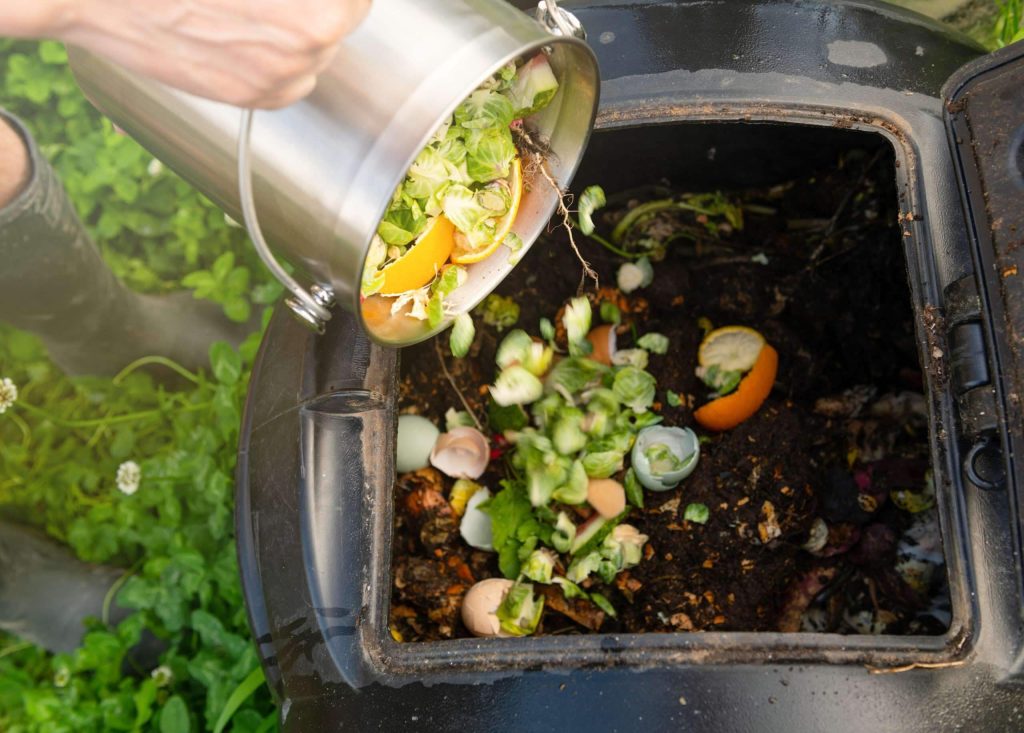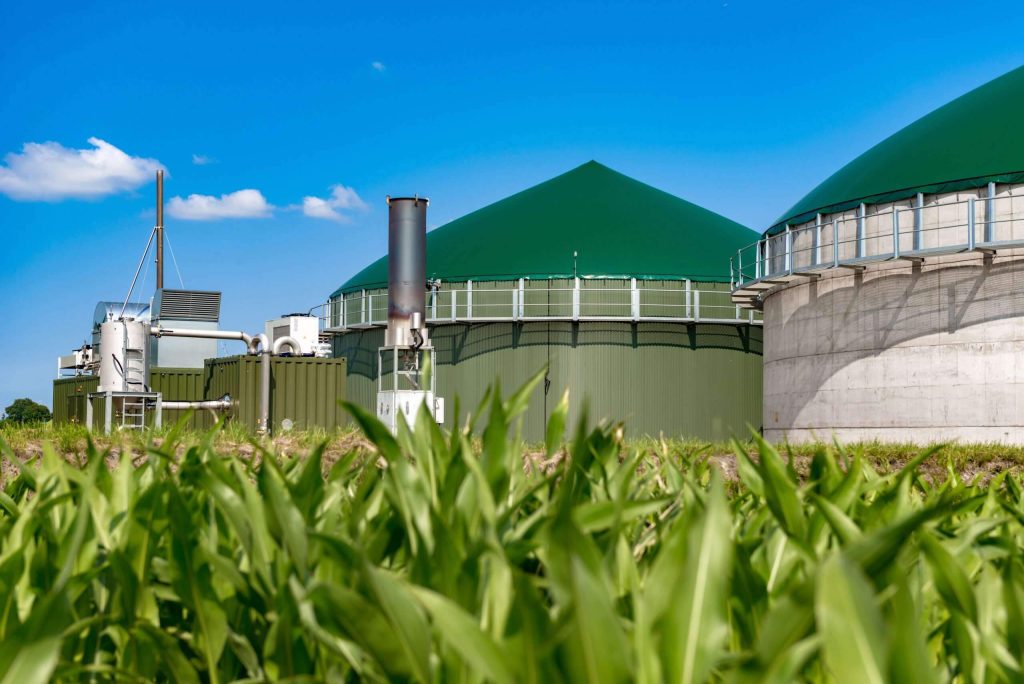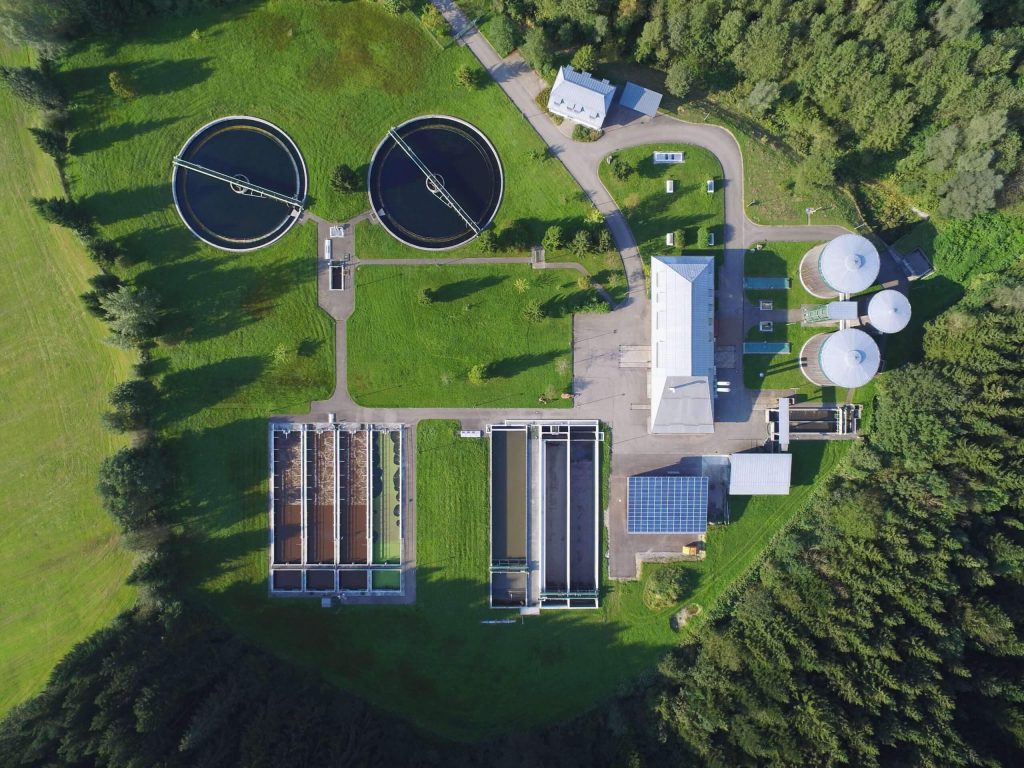Chief Investigators
Prof. Prasad Kaparaju (Griffith University)
Purpose of project
Wastewater treatment plants (WWTPs) in general consume a significant amount of energy, representing about 1% of grid energy across Australia. In 2019/20, Sydney Water’s WWTPs consumed 188 GWhel of grid electricity costing $23 million. Every year, Sydney Water treats 500 GL of sewage and generates 58 GWhel and 61 GWhth in cogeneration plants using the biogas (~60% methane) produced from its anaerobic digestion (AD) facilities. The biogas can supply 40–60% of a tertiary treatment plant’s electricity requirement and the residual organic-rich solids (biosolids) and digestate (liquid) from the AD process still contain residual energy. Additional electricity produced using biogas from AD facilities will reduce the energy cost for WWTPs, reduce greenhouse gas emissions and generate additional heat that can be used for other purposes. There is potential for WWTPs to become net energy generators rather than significant energy consumers if onsite biogas production can be optimised.
Sydney Water’s AD facilities produce 180,000 tonnes of biosolids annually, which are currently trucked inland and reused as compost or soil conditioner. However, due to long trucking distances (~ 300 km), transport costs of biosolids are high ($100/tonne) and lead to significant greenhouse gas emissions. Reducing the volume of biosolids produced will have a direct impact on trucking costs and greenhouse emissions.
Sydney Water has constructed a thermal hydrolysis pre-treatment (THP) plant to treat waste activated sludge prior to AD at their St Marys treatment plant, to increase biogas production and reduce the amount of biosolids requiring disposal. However, the THP process is energy intensive and results in only a small amount of positive net energy generation.
This project used modelling to assess the energy balance of the THP of waste-activated sludge prior to AD (i.e. pre-treatment) and compared it to the wet air oxidation (WAO) of biosolids from AD (i.e. post-treatment) in terms of net energy generation and economics. It determined if the residual energy in the AD products (biosolids and digestate) can be economically recovered.
Findings
- The techno-economic analysis showed that an AD plant with THP is a better option than an AD plant with WAO, largely due to higher biogas production and in turn better revenue through electricity sales.
- THP of waste activated sludge enhances the sludge biodegradability and subsequent biogas production by 10%, while reducing the hydraulic residence time in the AD.
- Both THP and WAO are significantly more expensive that the existing base case scenario (trucking the biosolids offsite) given current energy costs and policy regimes in terms of total capital investment, operating costs, net present value and internal rate of return
Potential impact
The study indicated that the base case scenario is the most economic, so it would be likely that the owners of wastewater treatment plants would potentially need capital funding support to implement THP.
Project partners – industry and research
Griffith University (Lead), RMIT, Sydney Water
Industry Reference Group members
City of Gold Coast, Hunter Water, SA Water, Water Corporation WA, Water Service Association Australia (WSAA)
Published Report
Status
- Completed
Project Leaders
- Prasad Kaparaju, Griffith University
Related articles
- A Scoping Review of Options for Increasing Biogas Production from Sewage Sludge: Challenges and Opportunities for Enhancing Energy Self-Sufficiency in Wastewater Treatment Plants
- Process modelling and techno-economic analysis of anaerobic digestion of sewage sludge integrated with wet oxidation using a gravity pressure vessel and thermal hydrolysis
Completion Date
December 2023
Project Code
0234







